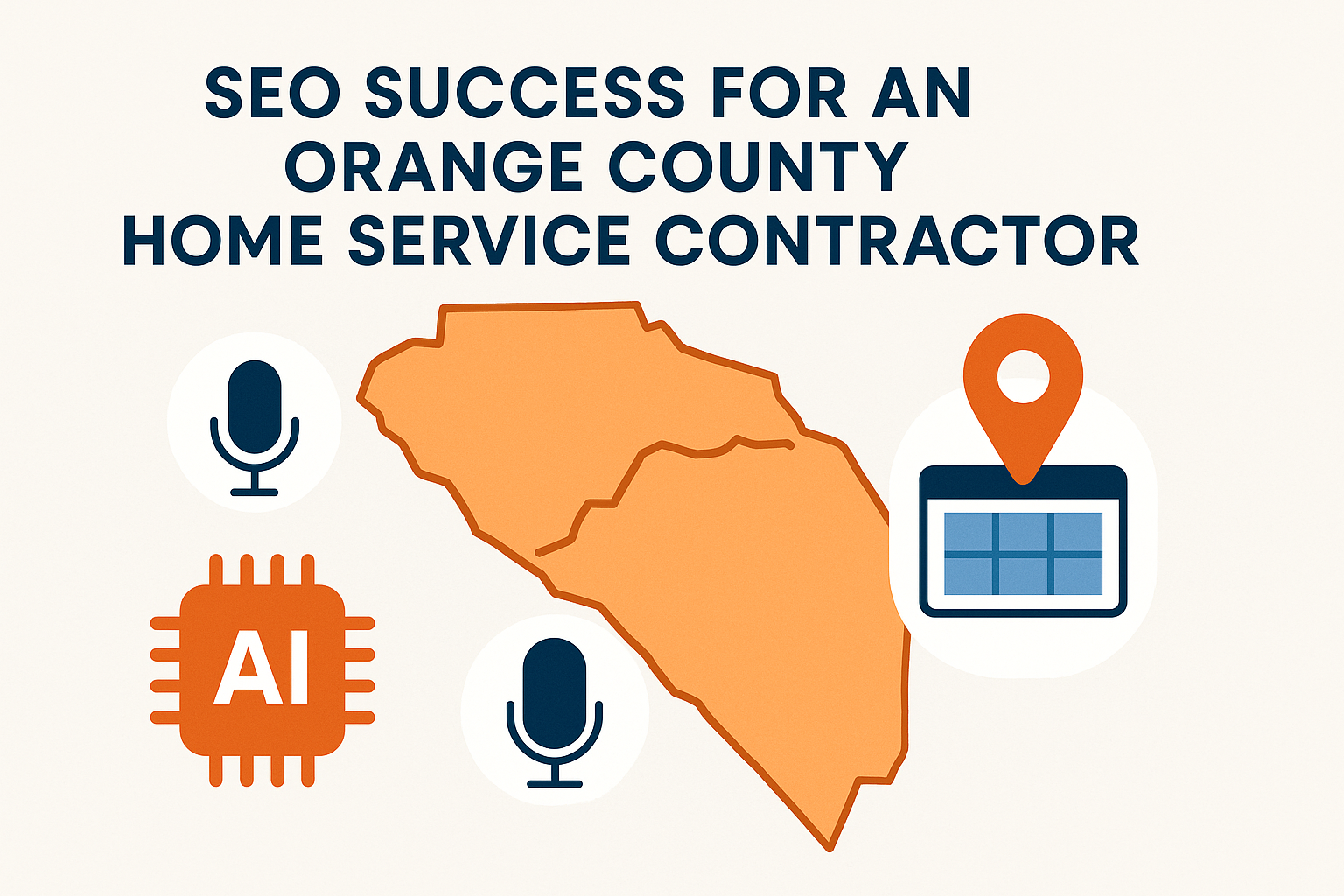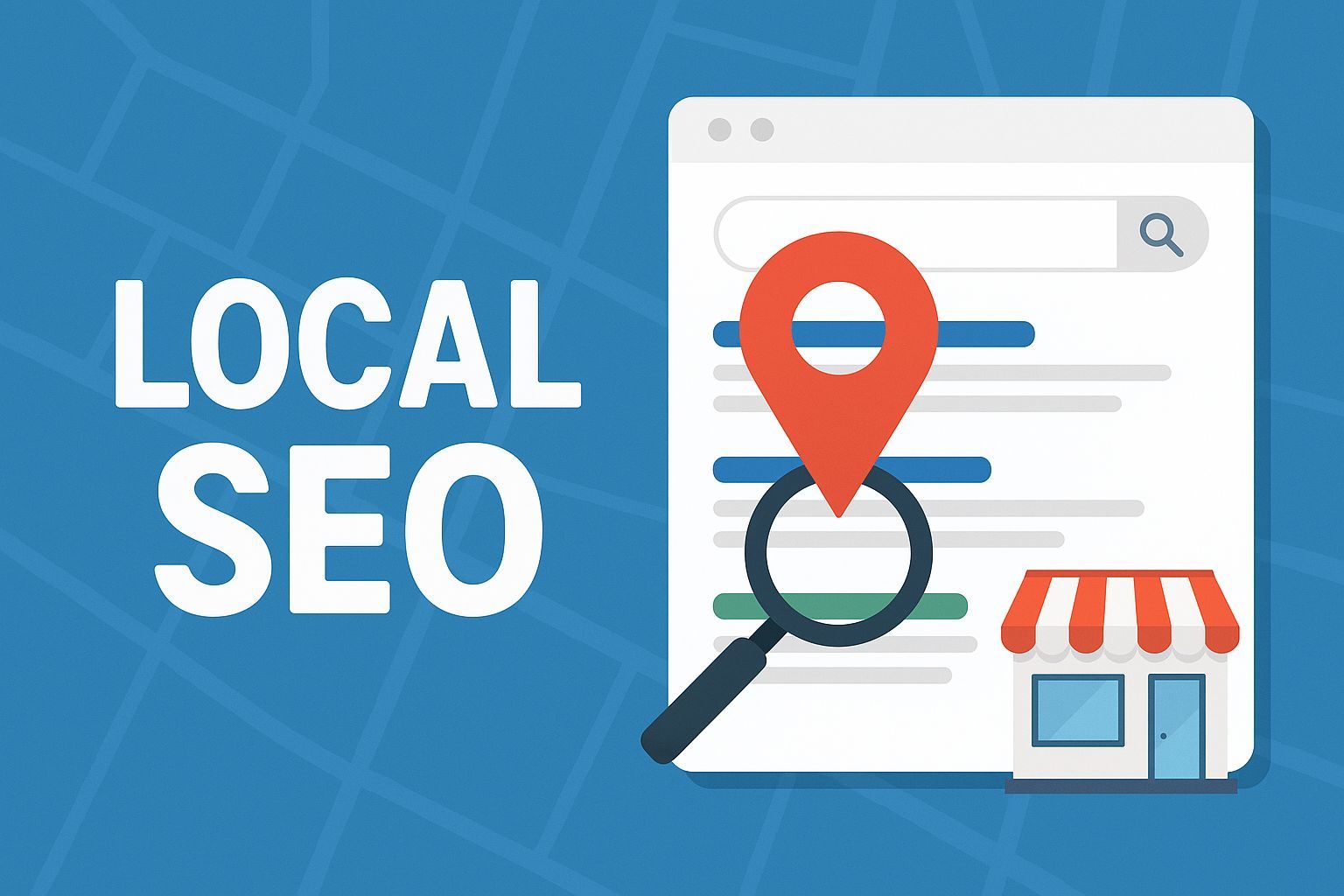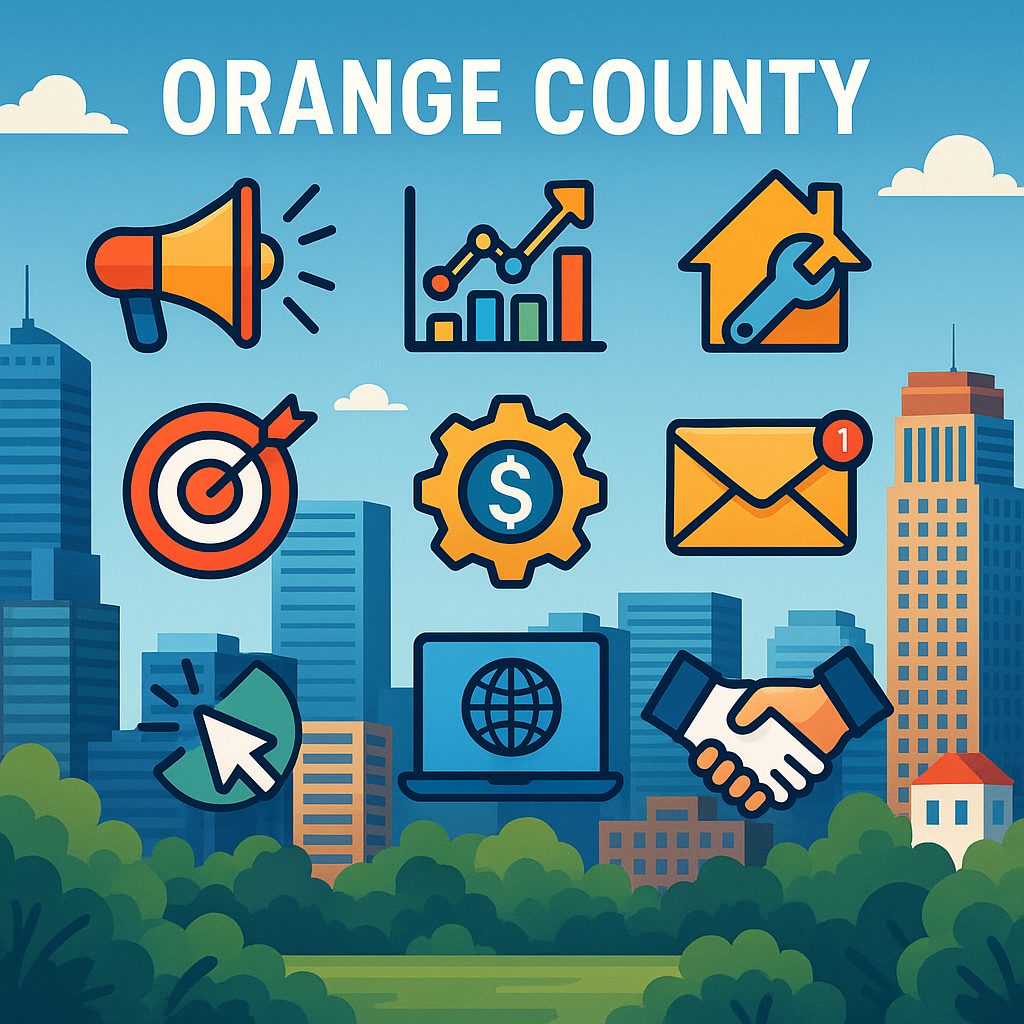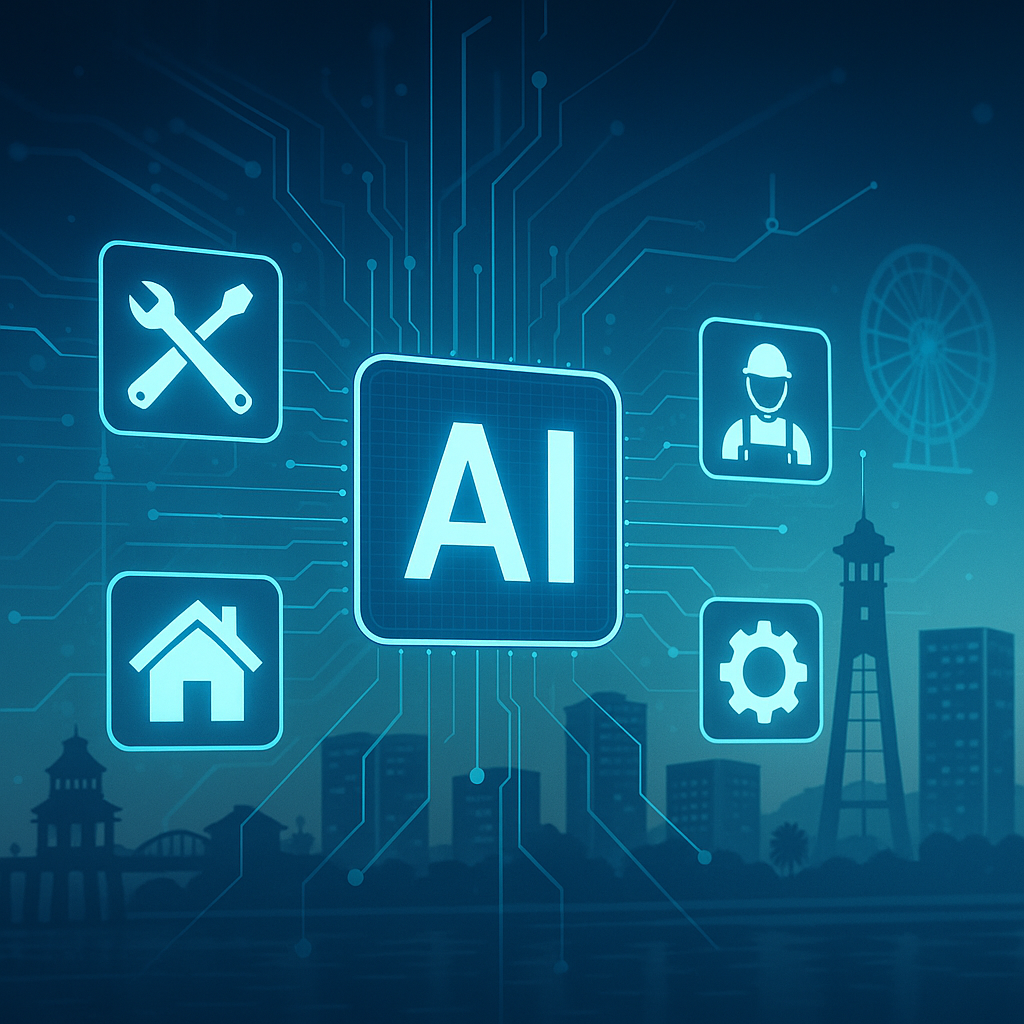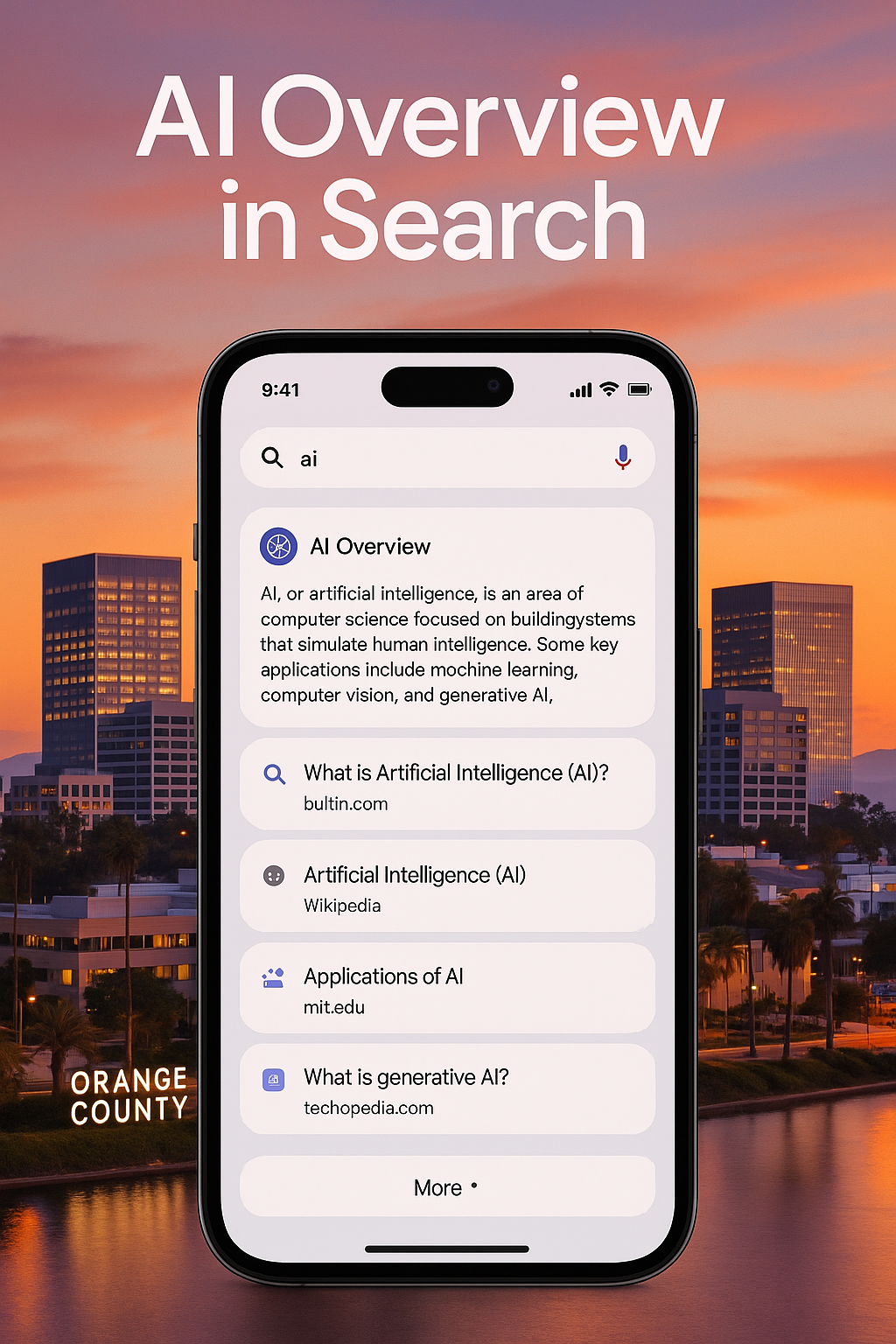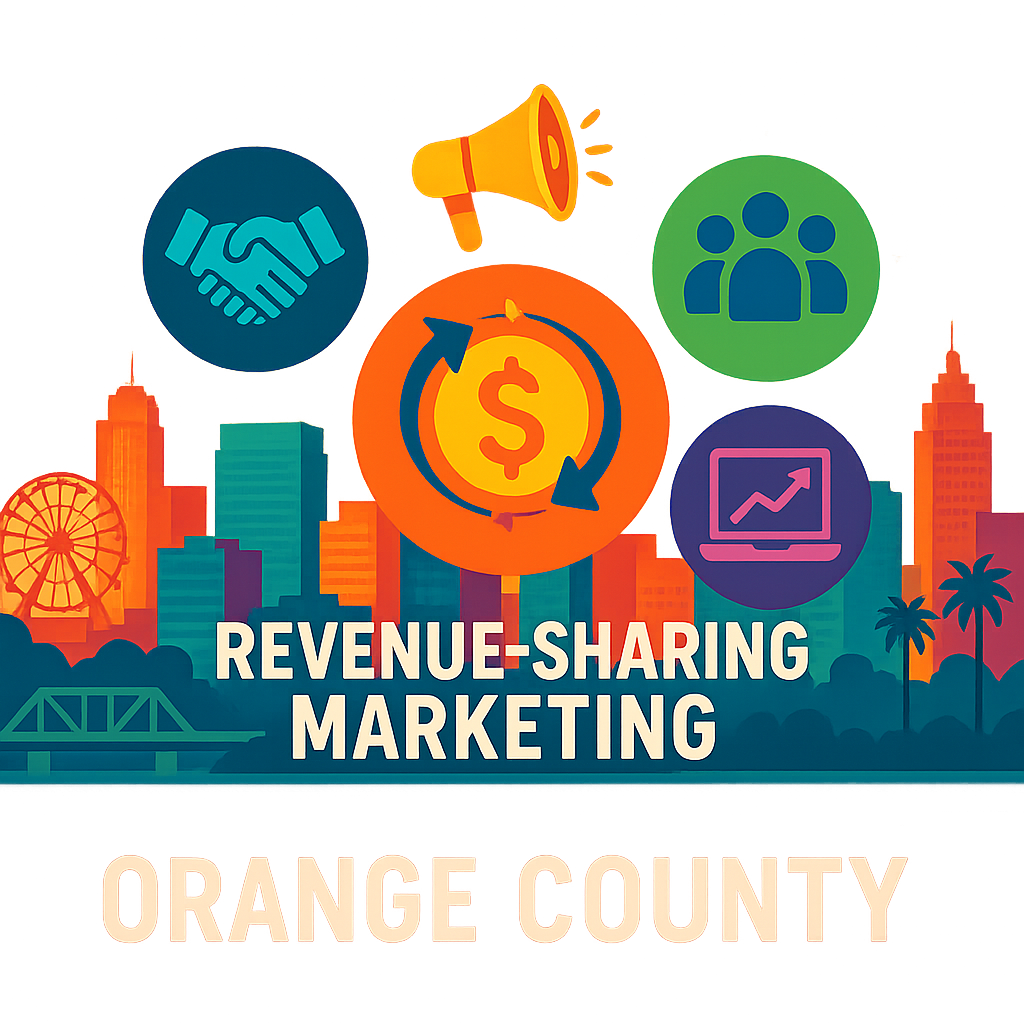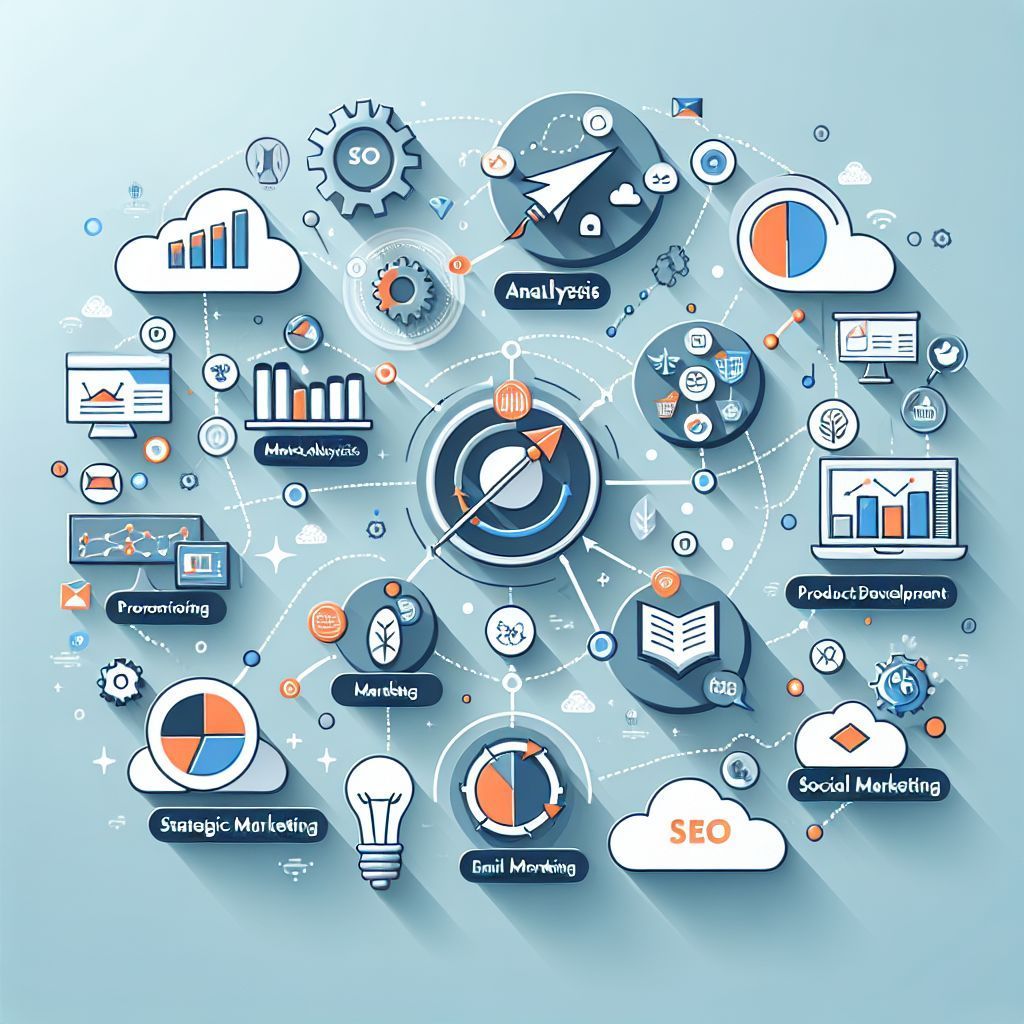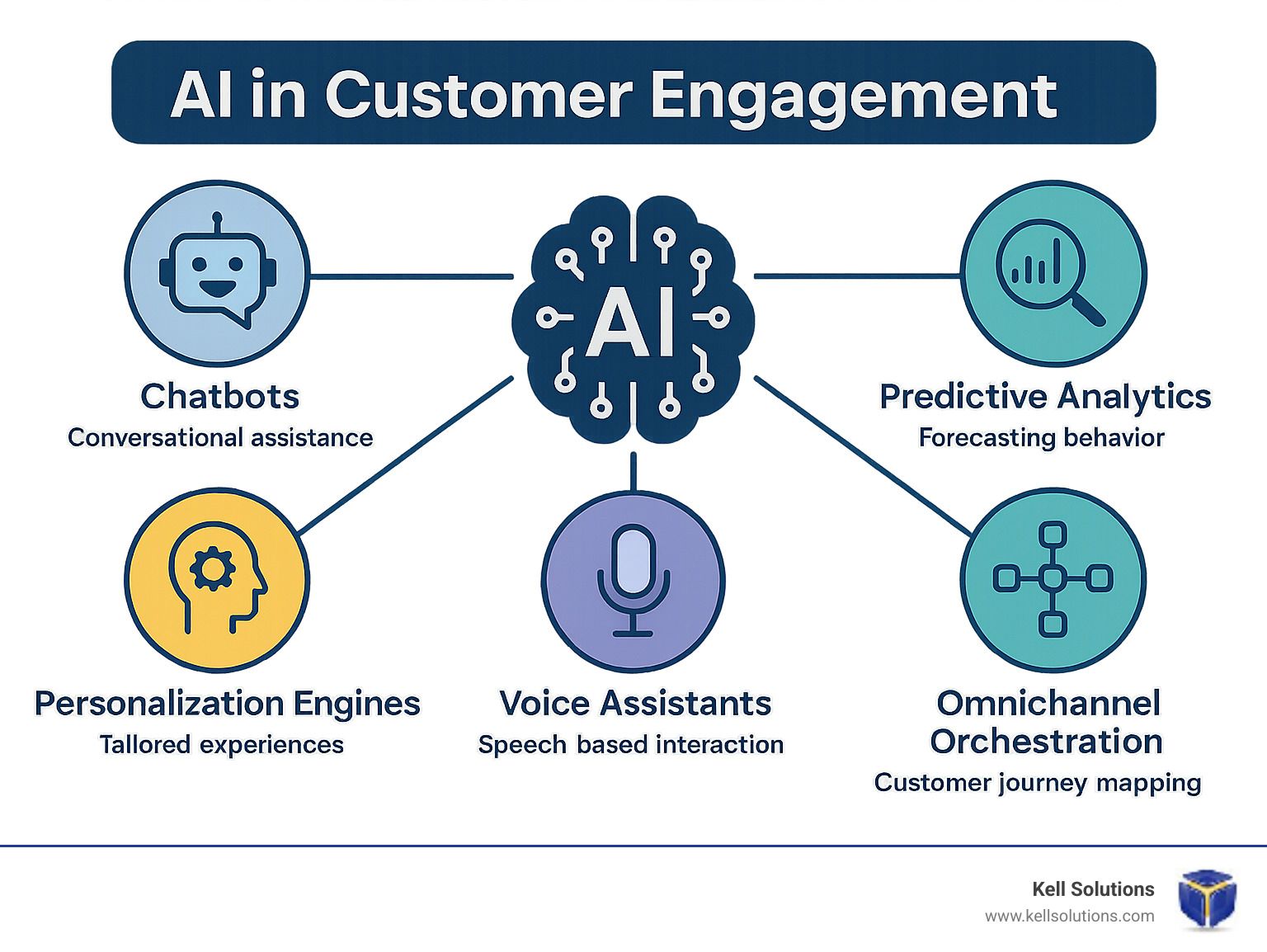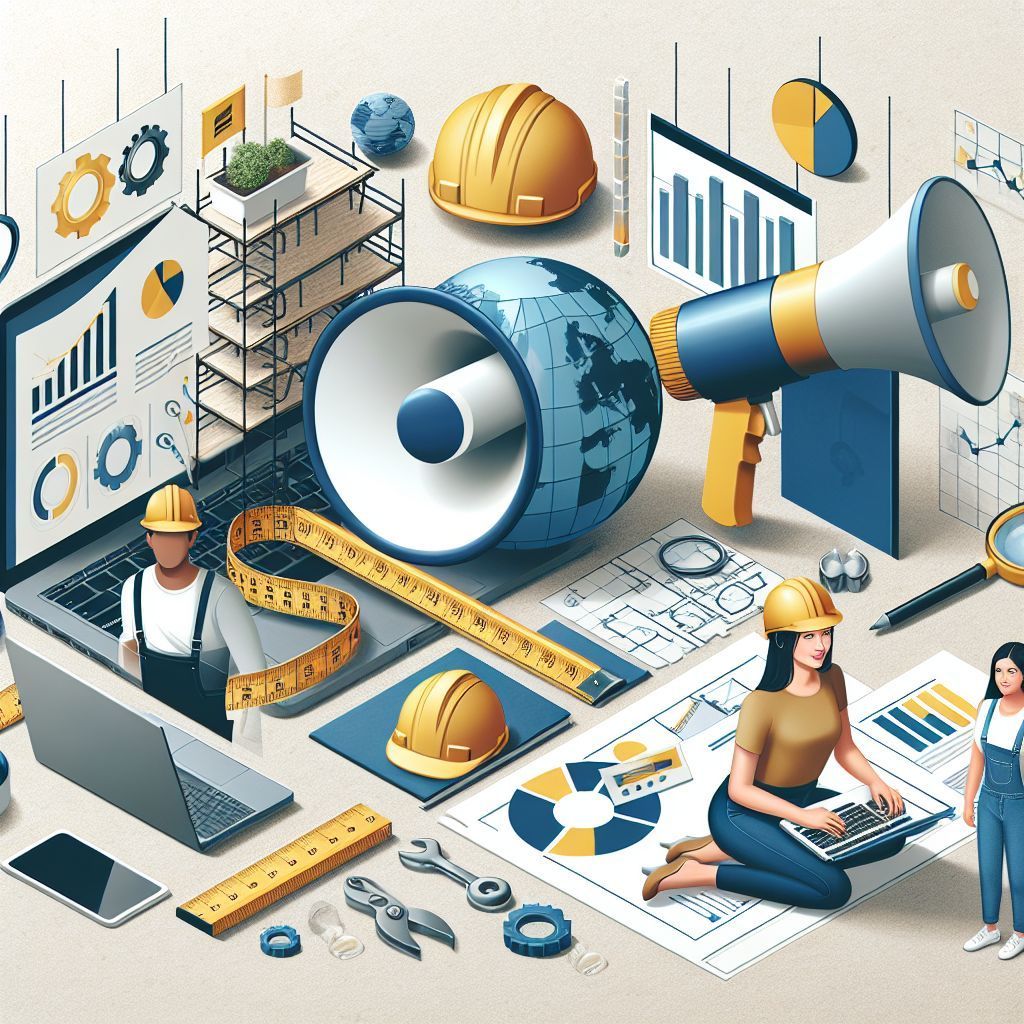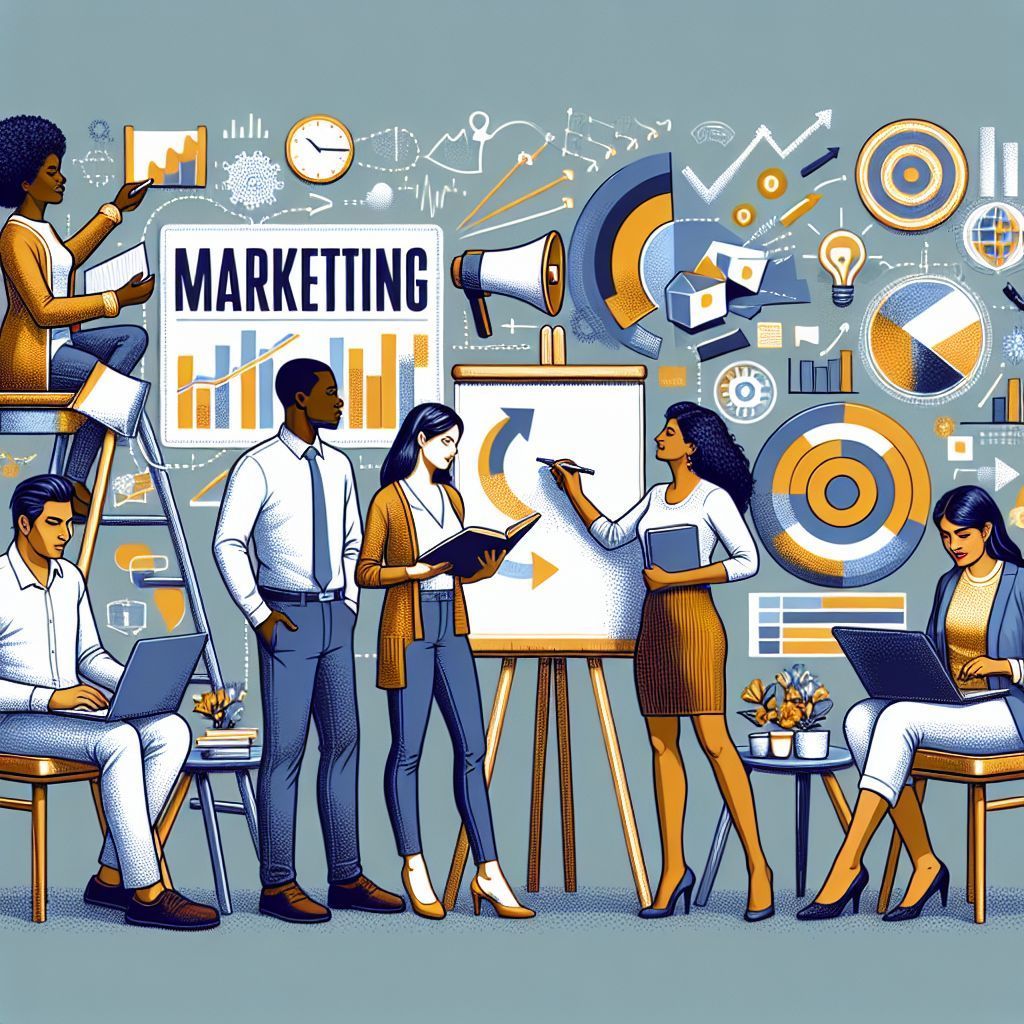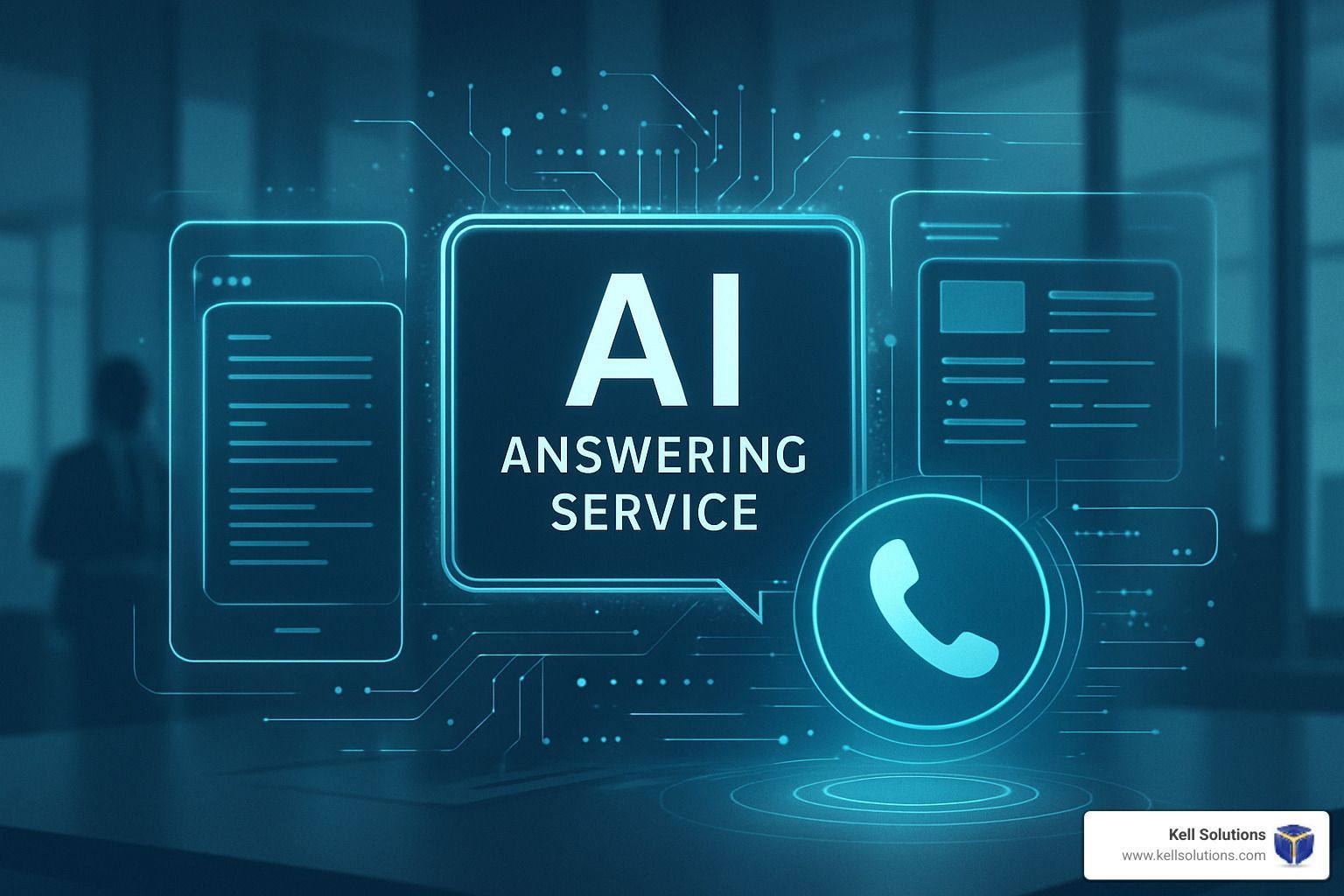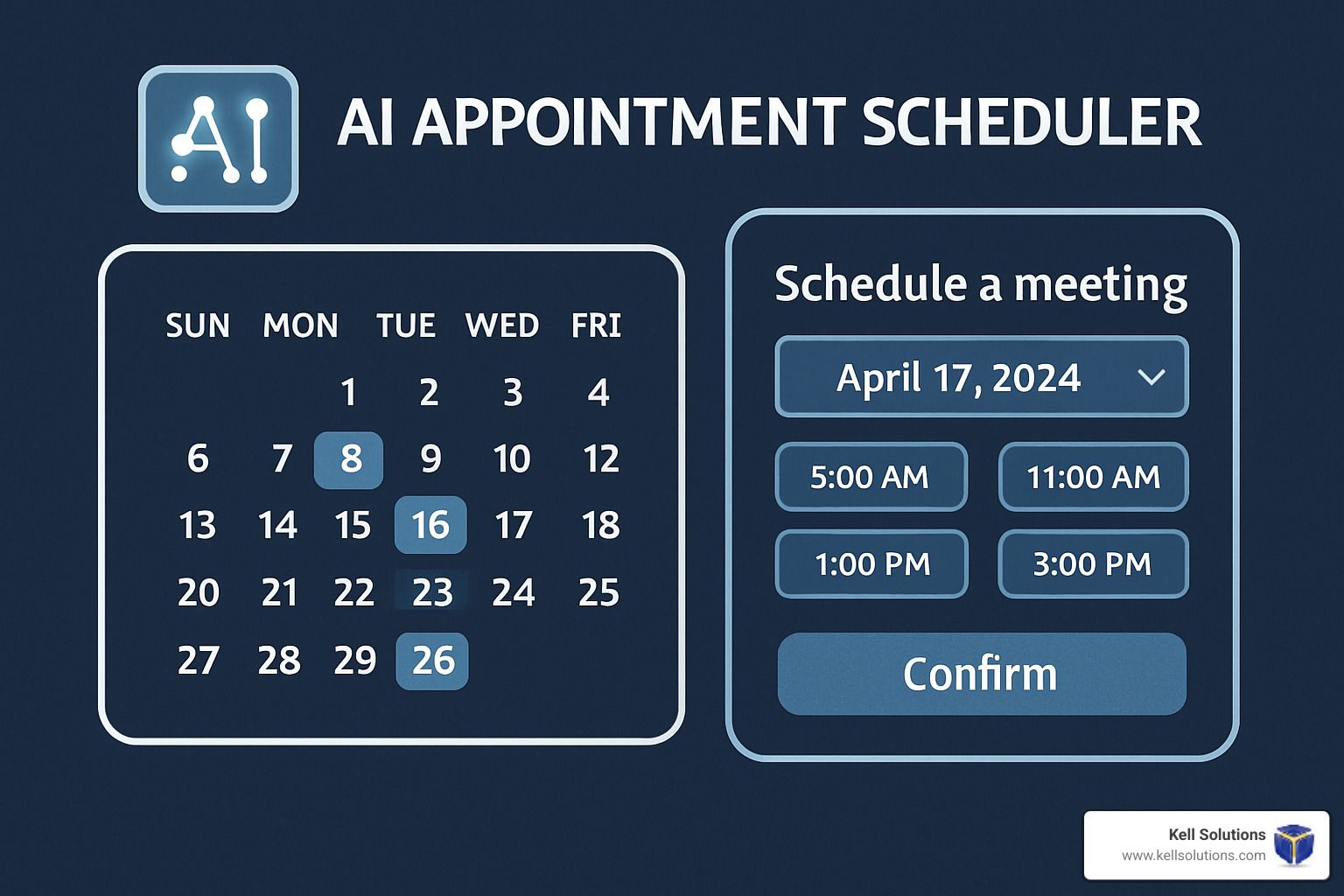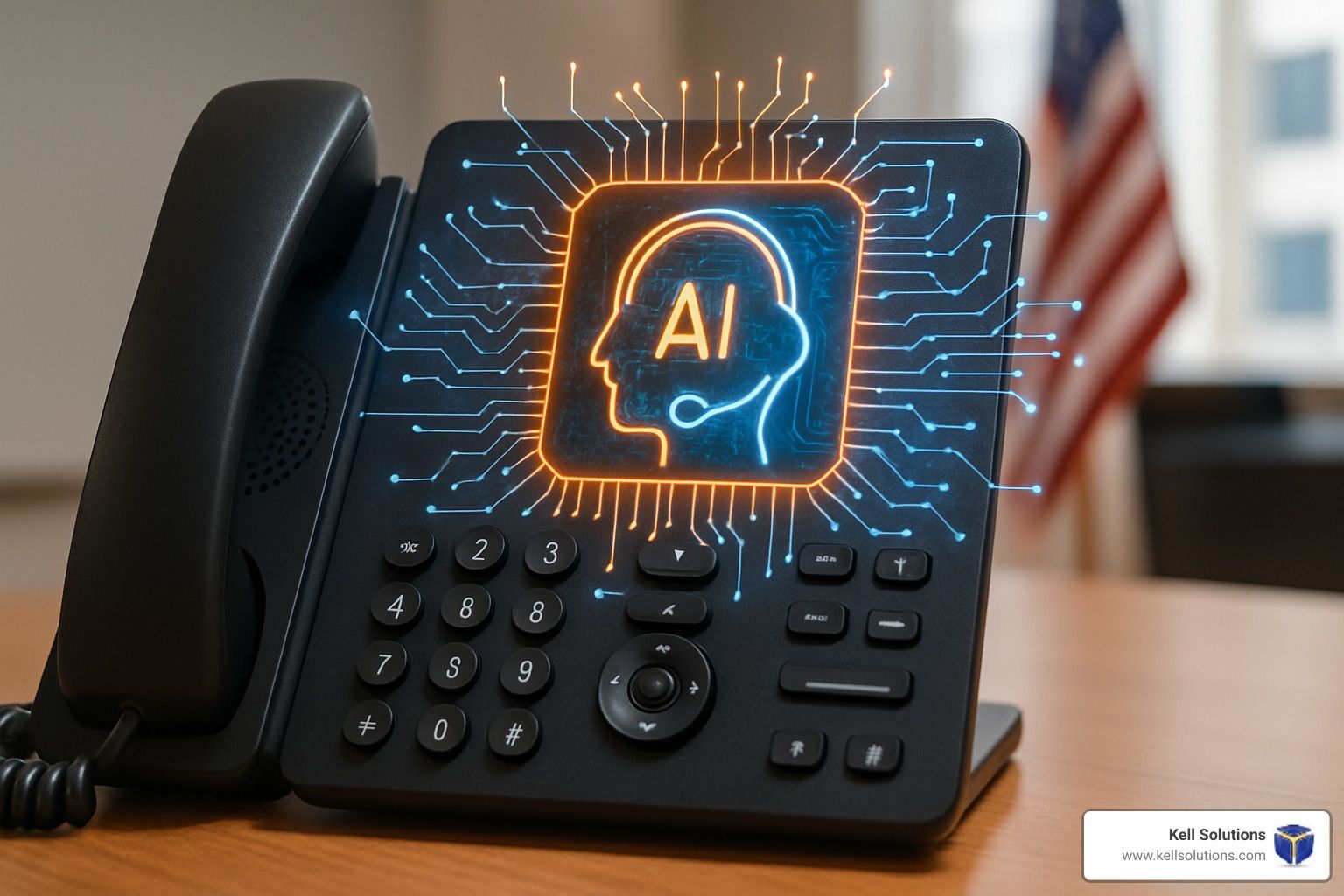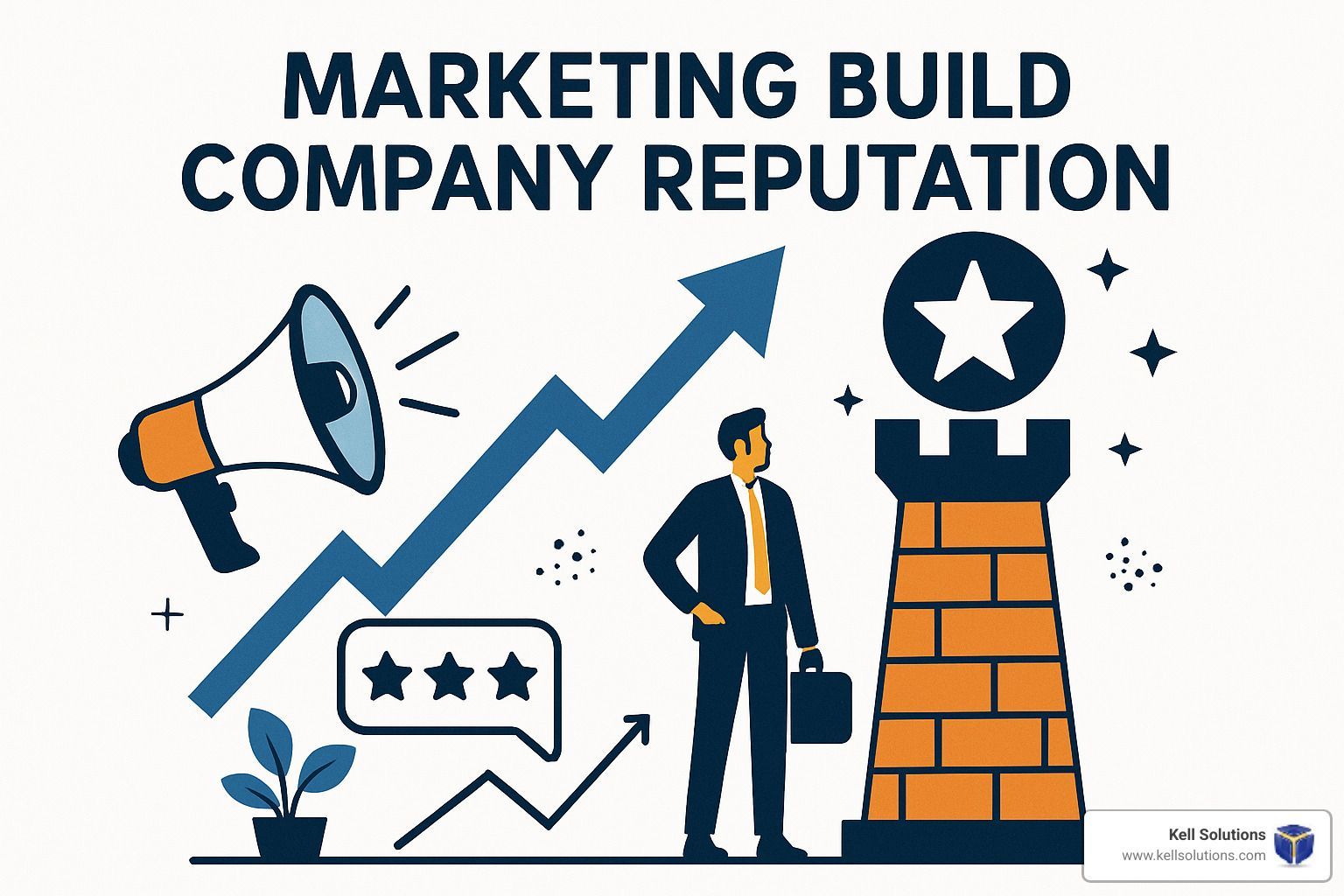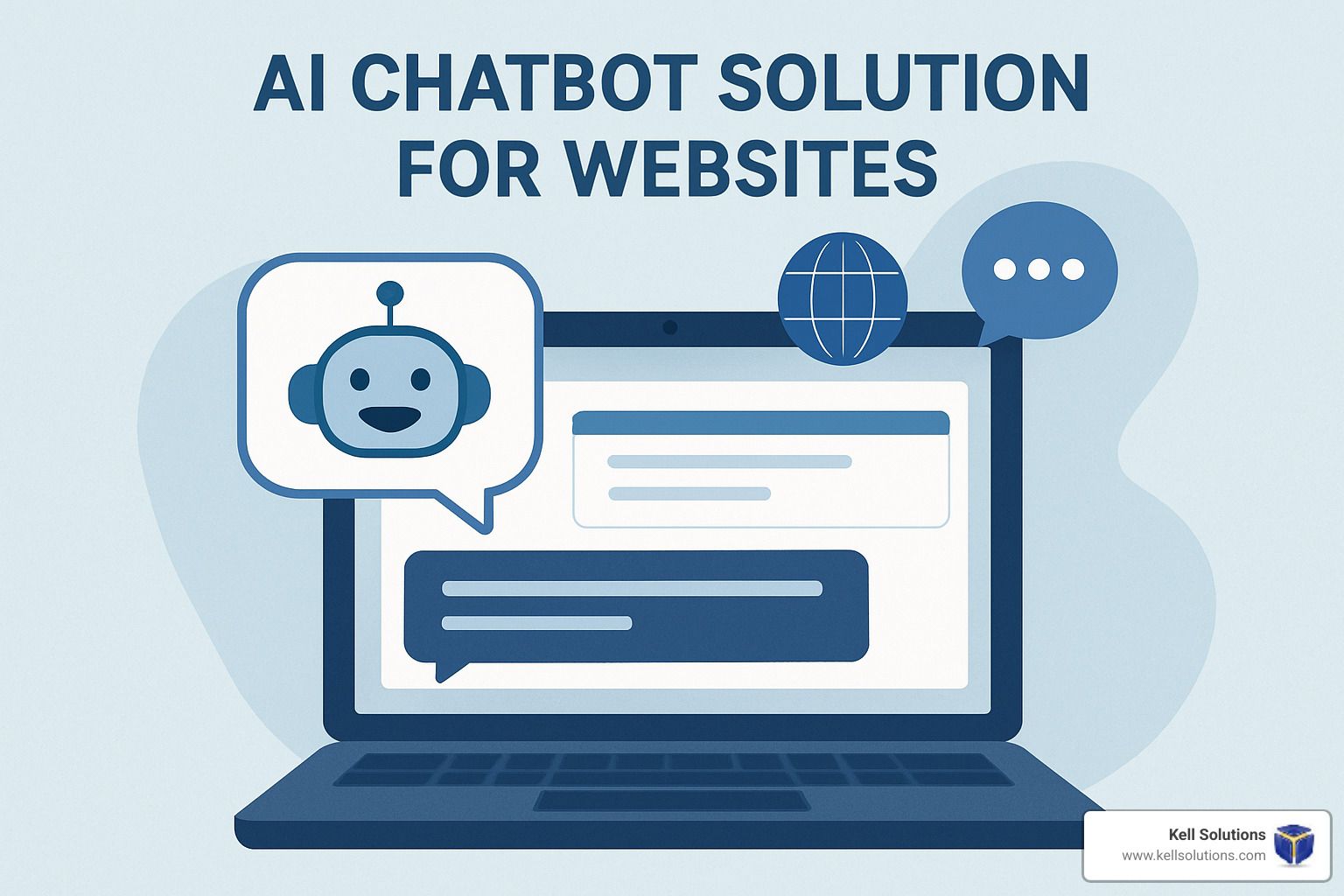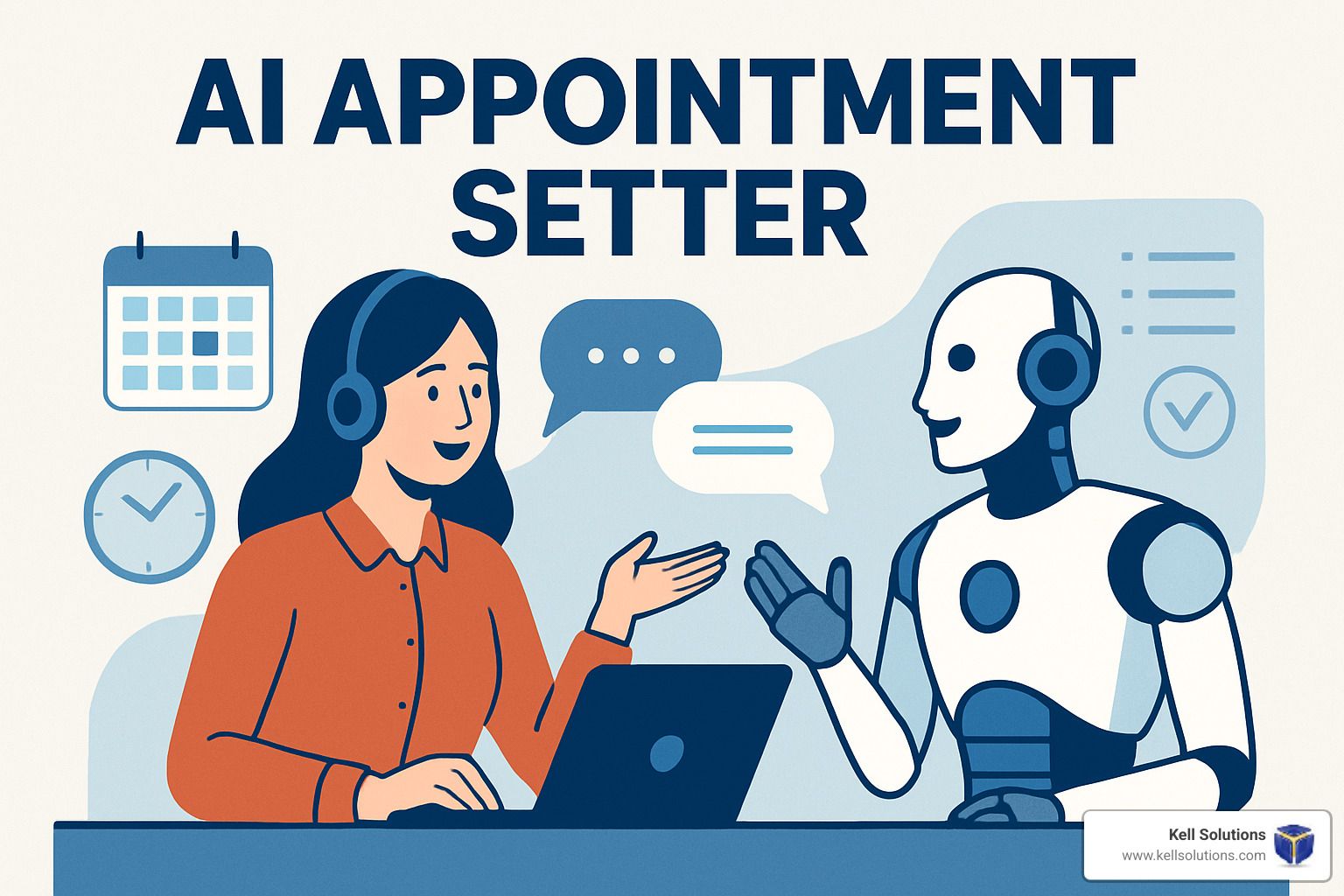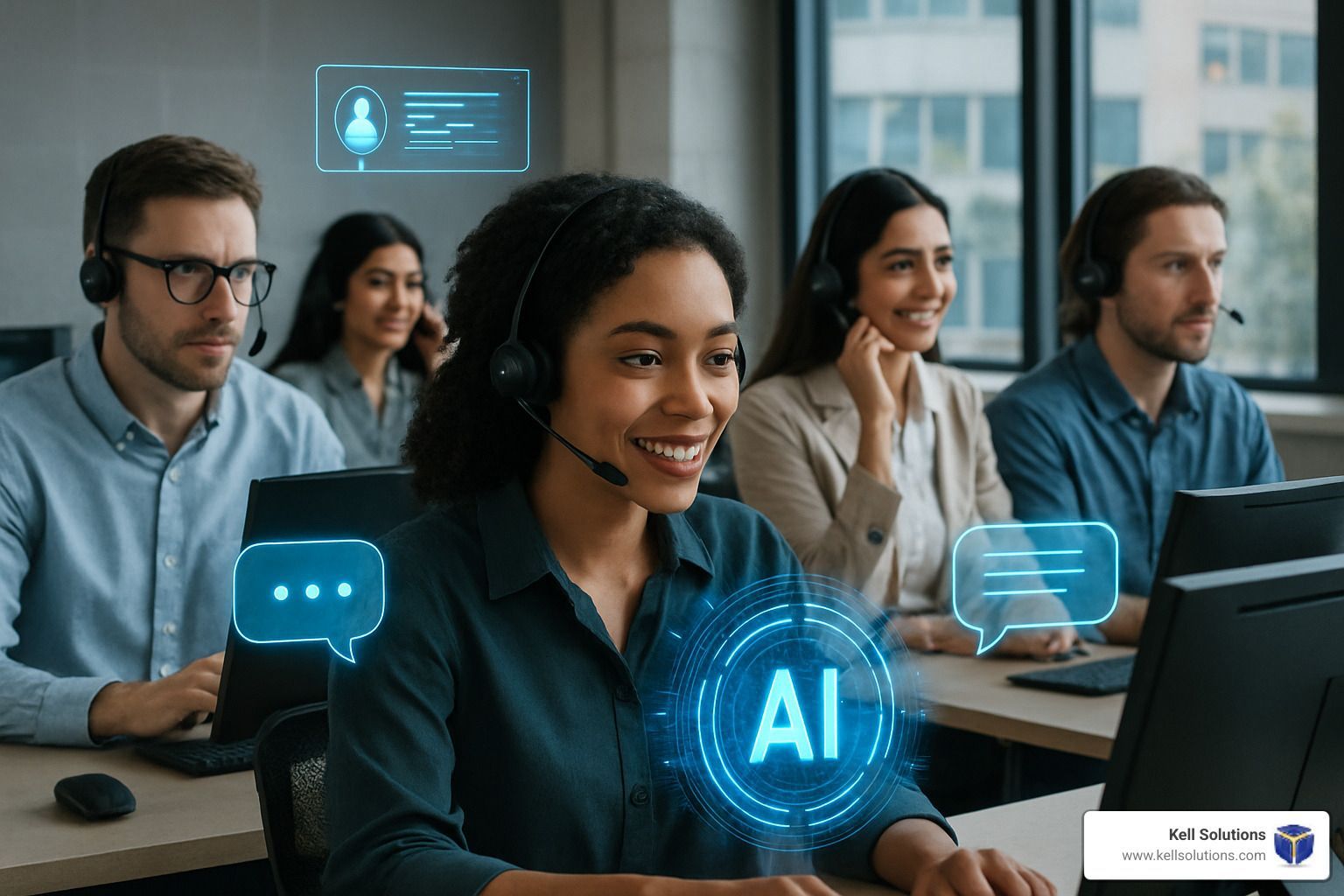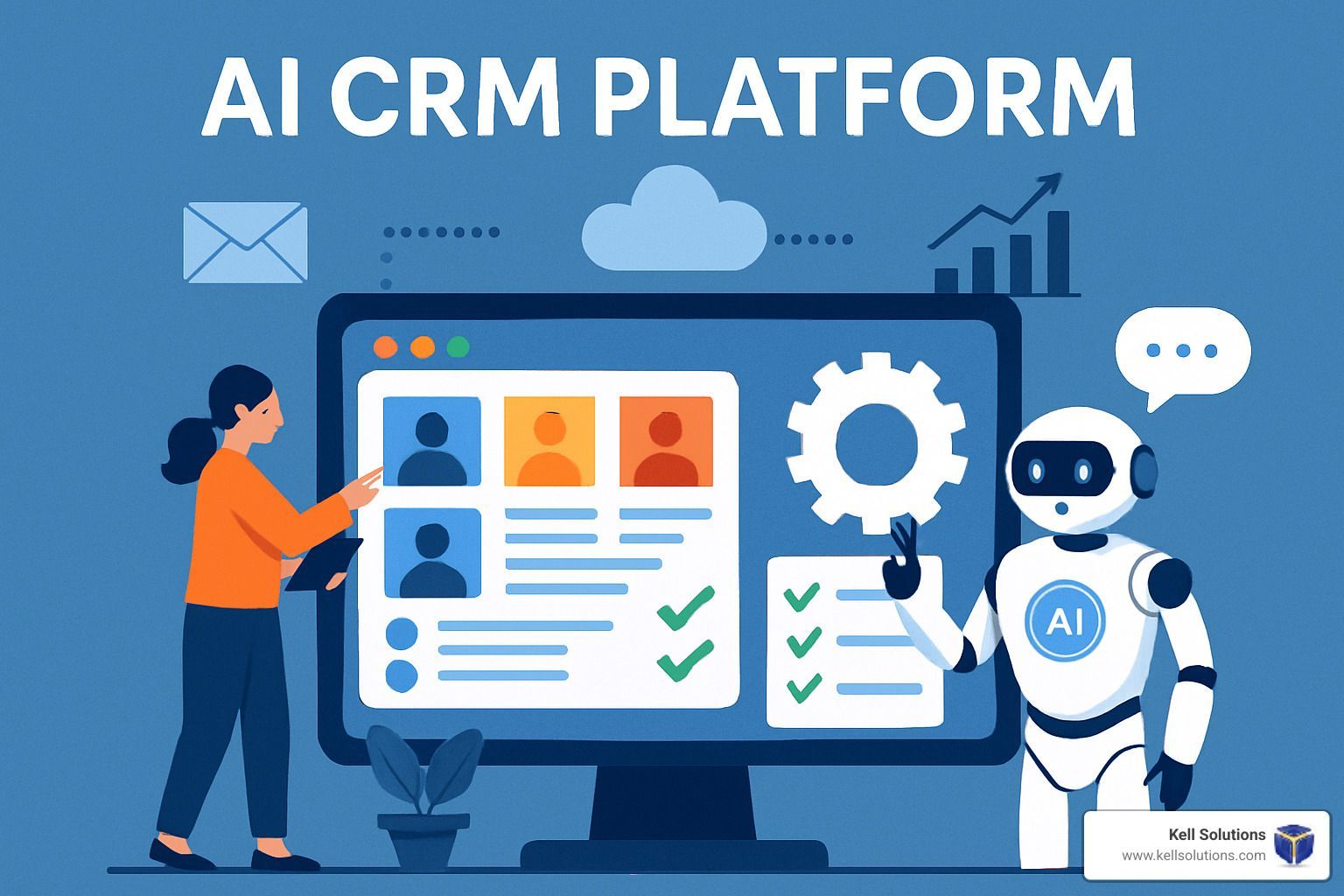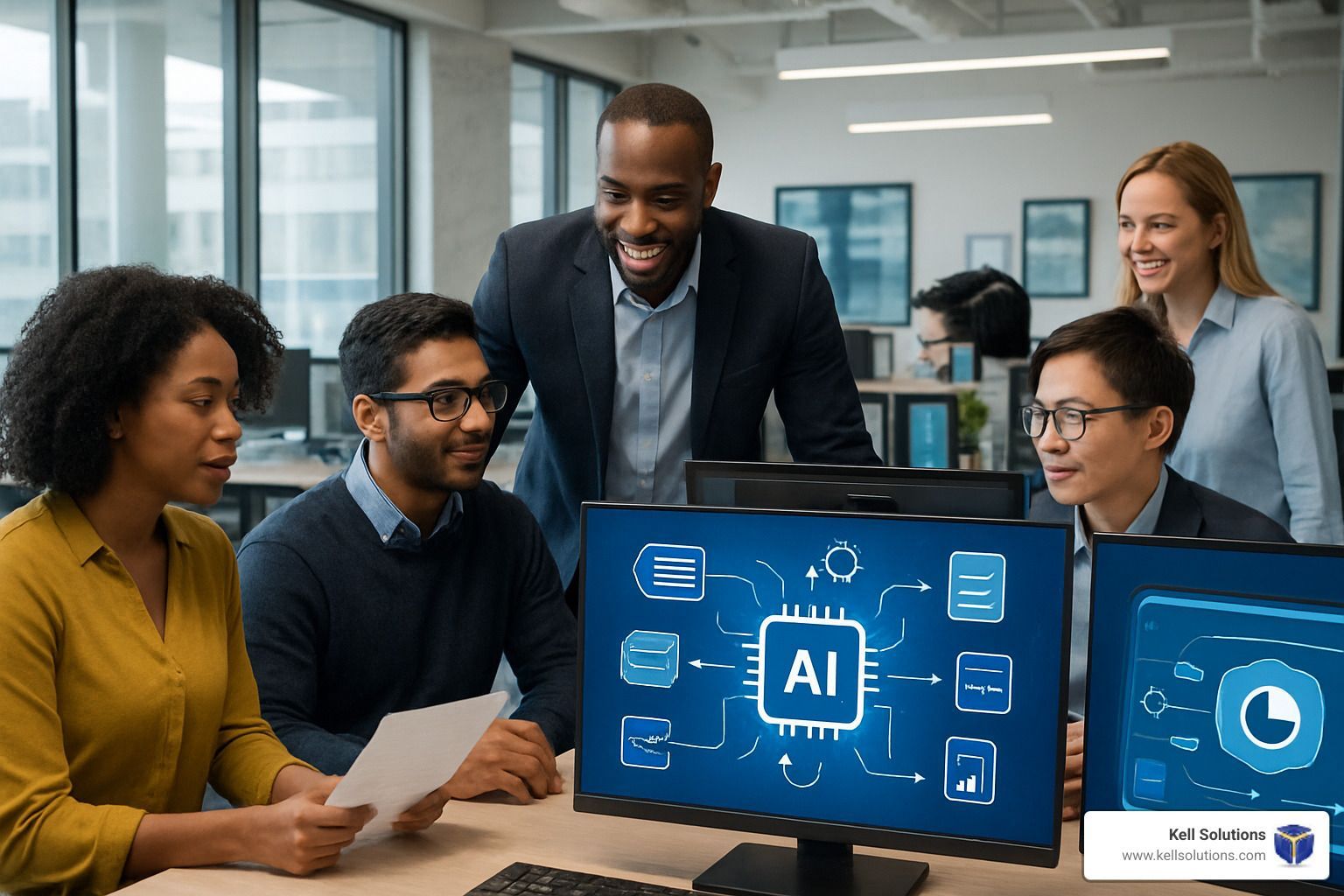AI Implementation Strategy for Employee Onboarding & Training
Personalized Learning Paths for New Hires

- AI-powered onboarding can reduce time-to-productivity by up to 40% while significantly enhancing new hire retention rates
- 92% of organizations implementing AI in their training programs report positive ROI through improved engagement and faster skill acquisition
- Knowledge graphs and emotionally intelligent AI systems create self-optimizing learning ecosystems that adapt to individual employee needs
- By 2026, nearly half of all organizations will use AI as their primary onboarding interface, according to Gartner research
- Successful AI implementation requires a structured approach using frameworks like RAPID (Recognize, Assess, Plan, Implement, Drive)
The first 90 days of employment determine whether your new hires will become productive team members or join the growing statistics of early departures. Traditional onboarding processes simply aren't keeping pace with today's dynamic workplace demands.
AI-powered onboarding isn't just a technological upgrade—it's a strategic imperative for organizations seeking to thrive in an increasingly competitive talent landscape. With 92% of early AI adopters reporting positive ROI from their training implementations, the question isn't whether to implement AI, but how to do it effectively. Leading onboarding platforms are now leveraging AI to create personalized, adaptive experiences that dramatically improve new hire integration.
The convergence of knowledge graph architectures, autonomous AI agents, and emotionally intelligent systems is fundamentally redefining how organizations approach employee training. These technologies create self-optimizing ecosystems that not only accelerate employee proficiency but anticipate future skill needs based on real-time performance data.
Strategy Overview: AI-Powered Onboarding That Works
Effective AI implementation begins with aligning onboarding objectives to organizational KPIs. The RAPID framework (Recognize, Assess, Plan, Implement, Drive) provides a proven structure for organizations at any stage of AI adoption. This methodical approach ensures that technology serves business goals rather than becoming an expensive distraction.
By 2026, Gartner predicts 45% of organizations will use AI as the primary onboarding interface. Those embracing this strategic implementation approach position themselves to lead in the era of intelligent workforce development, where every hire's potential is maximized through precision-enabled learning experiences.
Why Traditional Employee Onboarding Is Failing Your New Hires
The disconnect between traditional onboarding methods and today's workforce needs has never been more apparent. One-size-fits-all approaches consistently fail to address individual learning styles, prior experience levels, and specific role requirements. The result? Extended ramp-up periods, knowledge gaps, and early departures that cost organizations billions annually.
The Hidden Costs of Poor Onboarding Experiences
Beyond the visible costs of recruitment and training, inadequate onboarding creates ripple effects throughout organizations. Productivity losses during extended adjustment periods, increased error rates from incomplete training, and cultural misalignment all contribute to the true cost of onboarding failures. Studies show that organizations lose approximately 20% of new hires within the first 45 days—a statistic that directly correlates with onboarding effectiveness.
Real-world data from companies implementing AI onboarding solutions demonstrates dramatic improvements. IBM's AI mentorship program shows mentees achieving certification milestones 47% faster than control groups, with 89% reporting stronger organizational alignment post-onboarding.
What New Employees Need (But Aren't Getting)
Today's employees expect personalized experiences tailored to their specific needs, continuous feedback loops that reinforce learning, and seamless integration of training into their workflow. Traditional onboarding programs often fail on all three counts, creating frustration and disengagement from the start.
Modern workforces demand training that adapts to their existing knowledge base rather than forcing them through redundant material. They need context-sensitive guidance available at the moment of need, not isolated training sessions disconnected from actual work. Most importantly, they require clear pathways to mastery that align with both personal career goals and organizational objectives.
How AI Solves the 3 Biggest Onboarding Challenges
Challenge #1: Inconsistent Knowledge Transfer
AI Solution: Knowledge graph architecture that maps relationships between concepts, ensuring comprehensive coverage without gaps
Challenge #2: Administrative Burden
AI Solution: Autonomous agents that handle paperwork, scheduling, and compliance tracking, freeing HR for high-value interactions
Challenge #3: One-Size-Fits-All Training
AI Solution: Adaptive learning systems that personalize content delivery based on individual progress and comprehension patterns
Deel's AI sentiment engine identified onboarding friction points 83% faster than traditional surveys, enabling HR teams to detect confusion spikes during compliance training modules and flag cultural mismatch warnings from communication platform interactions. This proactive approach to onboarding optimization represents a fundamental shift from reactive to predictive employee experience management.
7 Ways AI Transforms Employee Onboarding Results
The strategic application of AI across the onboarding journey creates compounding benefits that traditional approaches simply cannot match. From pre-boarding engagement through continuous development, AI-enhanced systems create seamless experiences that accelerate integration while reducing administrative overhead.
1. Personalized Learning Paths Based on Role and Experience
AI-powered skills assessment engines create individualized learning journeys by evaluating a new hire's existing capabilities against role-specific competency frameworks. Rather than subjecting all employees to identical training, these systems identify specific knowledge gaps and prioritize learning modules accordingly. For example, a marketing professional with strong social media experience but limited email marketing knowledge receives a customized pathway emphasizing email strategies while acknowledging existing social media expertise.
Modern onboarding systems leverage knowledge graphs—semantic networks that map entities and relationships—to construct dynamic competency frameworks. These AI-driven structures enable organizations to create truly adaptive learning experiences that evolve with both individual and organizational needs.
2. 24/7 Support Through Intelligent Virtual Scheduling Assistants
AI-powered virtual assistants eliminate the frustration of waiting for answers to common questions, providing immediate responses at any hour. These conversational agents use natural language processing to understand context and intent, delivering relevant information precisely when needed. The psychological impact of having continuous support available significantly reduces new hire anxiety while accelerating knowledge acquisition.
Research from Vodafone's implementation of AI assistants shows new employees ask an average of 27 questions during their first week—with 83% successfully resolved by AI without human intervention. This continuous support system creates a safety net that encourages exploration and faster independence.
3. Automated Administrative Tasks and Paperwork
The administrative burden of onboarding creates significant friction for both HR teams and new hires. AI workflow automation eliminates these bottlenecks by handling document distribution, signature collection, compliance verification, and benefit enrollments. By removing these mundane tasks from the human workload, organizations free up valuable time for meaningful connection and strategic guidance.
4. Real-Time Progress Tracking and Intervention
Traditional training often fails to identify struggling employees until formal assessments occur. AI monitoring systems continuously evaluate progress through multiple indicators—completion rates, engagement patterns, assessment performance, and even sentiment analysis of interactions. This real-time visibility enables proactive intervention when an employee shows signs of difficulty, rather than discovering problems weeks later.
Adaptive learning algorithms adjust content difficulty and pacing based on individual performance patterns, ensuring each employee remains in their optimal learning zone. This personalized approach maintains engagement by preventing both boredom from overly simplistic content and frustration from material that's too advanced.
5. Cultural Integration Through Smart Content Delivery
Cultural alignment represents one of the most challenging aspects of onboarding. AI content curation systems deliver organization-specific cultural knowledge in digestible formats throughout the onboarding journey. Rather than overwhelming new hires with cultural information in initial sessions, these systems strategically introduce values, norms, and expectations at contextually appropriate moments.
Modern platforms analyze communication patterns to identify potential cultural misalignments early. For example, Deel's sentiment analysis engine can flag when a new hire's communication style might clash with team norms, enabling coaches to provide targeted guidance before minor issues become significant problems.
6. Skills Gap Analysis and Targeted Training
AI competency mapping creates unprecedented visibility into organizational skill landscapes. By analyzing existing team capabilities against strategic objectives, these systems identify precisely where new hires need development to maximize their contribution. This data-driven approach eliminates the guesswork of traditional training needs assessments.
Eightfold's Talent Intelligence Platform exemplifies this approach, using AI to identify critical competency shortages and recommend specific development pathways. Hitachi's 2024 implementation of similar technology reduced onboarding time by 40% through automated skills mapping and targeted training assignment.
7. Data-Driven Onboarding Improvement
Perhaps the most transformative aspect of AI-powered onboarding is its ability to continuously self-optimize. Machine learning algorithms analyze performance patterns across cohorts to identify which training elements correlate with successful outcomes. This continuous improvement cycle creates onboarding programs that evolve with changing business needs without requiring constant manual oversight.
Building Your AI Onboarding Implementation Roadmap
Successful AI implementation requires a structured approach that balances technological innovation with human-centric design principles. Organizations must resist the temptation to deploy technology for its own sake and instead focus on specific business outcomes that AI can help achieve.
Step 1: Audit Your Current Onboarding Process
Before introducing AI solutions, thoroughly map your existing onboarding journey to identify specific pain points and opportunities. Conduct time-motion studies to quantify administrative burdens, survey recent hires about information gaps, and analyze performance data to pinpoint where training fails to transfer to job performance. This baseline assessment establishes clear metrics against which to measure AI implementation success.
Cross-functional input during this phase is critical—HR, IT, departmental managers, and recent hires all provide unique perspectives on current process deficiencies. Document both quantitative metrics (time-to-productivity, completion rates, error frequencies) and qualitative factors (engagement, satisfaction, cultural alignment) to create a comprehensive baseline.
Step 2: Identify High-Impact AI Integration Points
With your current process mapped, prioritize intervention points based on three factors: potential business impact, technical feasibility, and organizational readiness. High administrative burden areas typically offer quick wins through automation, while complex knowledge transfer challenges may require more sophisticated AI solutions. Prioritize opportunities that address your specific organizational challenges rather than implementing technology for its own sake.
Create a weighted decision matrix that scores potential AI applications against these criteria, ensuring resources are allocated to initiatives with the highest likelihood of meaningful return. Remember that modest improvements in critical areas often outperform dramatic changes in less impactful processes.
Integration Point Business Impact (1-10) Technical Feasibility (1-10) Organizational Readiness (1-10) Total Score This prioritization exercise helps organizations avoid the common pitfall of implementing the most technologically impressive solutions rather than those with the greatest practical impact. Focus initial efforts on high-scoring opportunities to build momentum and demonstrate value before tackling more complex challenges.
Once priority integration points are identified, develop specific use cases with measurable outcomes. For example, rather than broadly implementing "AI chatbots," define the specific questions these assistants should answer and the measurable impact on response time and accuracy.
Assemble cross-functional teams for each integration point that include technical specialists, subject matter experts, and end-users. This collaborative approach ensures solutions address real needs rather than perceived problems and builds organizational buy-in through inclusive design.
- Focus on business outcomes rather than technology features
- Prioritize integration points with highest composite scores
- Create specific use cases with measurable impact metrics
- Assemble cross-functional implementation teams
- Build quick wins into your roadmap to demonstrate early value
Step 3: Select the Right AI Technologies for Your Needs
The AI implementation marketplace offers a bewildering array of options, from specialized point solutions to comprehensive platforms. Evaluate potential technologies against your specific use cases rather than being swayed by marketing promises. Consider integration capabilities with existing systems, scalability as your organization grows, and total cost of ownership beyond initial implementation.
Research from Snowflake's 2025 report shows 58% of organizations struggle with AI-ready data infrastructure, emphasizing the need for clean, structured datasets. Assess your current data architecture before selecting technologies—even the most sophisticated AI solutions fail without quality data inputs. Prioritize vendors who offer implementation support and have experience in your specific industry, such as those that excel in AI-powered mentorship networks.
Step 4: Create Your Implementation Timeline
Successful AI adoption requires careful phasing rather than abrupt transformation. A structured implementation roadmap typically includes three phases: pilot programs with controlled testing, system integration and optimization, and organization-wide deployment with continuous improvement cycles. This measured approach allows for adjustment based on real-world feedback while managing change impact.
- Months 0-3: Pilot program for 5% of hires with controlled A/B testing
- Months 4-6: Full integration with HRIS and legacy systems
- Months 7-9: Organization-wide rollout with AI literacy training
- Months 10-12: Implementation of advanced features and continuous optimization
The 4 Essential AI Tools for Modern Onboarding
While specific technologies should match your organizational needs, four foundational AI capabilities form the core of effective modern onboarding systems. These complementary technologies address different aspects of the employee journey while creating a cohesive experience.
Conversational AI Assistants: Which One Is Right for You?
AI Virtual assistants serve as the front-line interface for new employees, answering questions, guiding process completion, and providing just-in-time information. When evaluating conversational AI platforms, look beyond simple chatbot functionality to solutions offering contextual awareness, learning capabilities, and seamless handoffs to human support when needed. Enterprise-grade solutions should integrate with your knowledge management systems and support multiple communication channels.
NovoEd and EducateMe lead in creating AI-curated learning cohorts that optimize for skill diversity and collaborative dynamics. Their platforms demonstrate how virtual assistants can facilitate both procedural guidance and social connection—a critical factor in successful onboarding outcomes.
Adaptive Learning Platforms That Scale With Your Business
The core of effective AI onboarding lies in personalized learning experiences that adapt to individual needs while ensuring consistent knowledge transfer. Modern adaptive platforms use sophisticated algorithms to analyze performance patterns and adjust content difficulty, pacing, and reinforcement schedules accordingly. Leading solutions incorporate spaced repetition principles, knowledge graphing, and multimedia learning approaches to accommodate diverse learning styles.
The most effective platforms balance automation with human connection, using AI to handle content delivery while facilitating meaningful interactions with managers and teammates. This hybrid approach maintains the efficiency benefits of automation while preserving the social elements essential to cultural integration.
Workflow Automation Systems That Eliminate Paperwork
Administrative friction represents one of the most significant barriers to effective onboarding. AI-powered workflow systems streamline document management, approvals, compliance verification, and logistics coordination. These platforms typically offer pre-built workflows that can be customized to your specific processes, significantly reducing implementation time compared to custom development.
When evaluating automation platforms, prioritize those offering robust integration capabilities with your existing HR systems, clear audit trails for compliance purposes, and user-friendly interfaces for both administrators and employees. The most advanced solutions incorporate predictive capabilities that anticipate completion issues and proactively address potential bottlenecks.
Analytics Dashboards That Predict Onboarding Success
Visibility into onboarding effectiveness transforms how organizations approach employee development. AI-powered analytics platforms aggregate data across multiple dimensions—completion metrics, assessment results, engagement patterns, communication sentiment—to create comprehensive insights into individual and cohort progress. The most sophisticated systems incorporate predictive modeling that identifies early indicators of potential turnover or performance issues.
Look for platforms offering customizable dashboards that provide different stakeholders with relevant insights: executive overviews for leadership, detailed progress tracking for managers, and personalized development guidance for employees themselves. This multi-level visibility creates accountability throughout the organization while enabling data-driven improvement of the onboarding process itself.
How to Integrate AI With Your Existing HR Systems
Successful AI integration in business processes requires seamless integration with your existing technology ecosystem. Isolated point solutions create data silos and fragmented experiences that undermine the very efficiency AI promises to deliver. A well-designed integration strategy ensures consistent data flow while maintaining security and compliance standards.
HRIS Integration Requirements
Your Human Resource Information System forms the foundation of employee data management. Effective AI integration requires bidirectional data exchange with this core system to maintain a single source of truth while enabling intelligent process automation. Prioritize API-based integration approaches that allow for real-time data synchronization without complex custom development.
Document key data fields required for AI functionality—including employee demographics, organizational structure, role definitions, and performance metrics—and verify that your current HRIS can expose these elements through secure interfaces. Many organizations find that preparing for AI implementation reveals data quality issues that must be addressed before technology deployment.
Data Security and Compliance Considerations
AI systems process sensitive employee information, creating both security and compliance obligations. Develop a comprehensive data governance framework that addresses access controls, encryption standards, retention policies, and compliance with relevant regulations (GDPR, CCPA, etc.). Pay particular attention to how AI systems handle personally identifiable information and whether data processing occurs within your controlled environment or vendor platforms.
Implement clear data minimization principles, ensuring AI systems access only the specific information required for their functions rather than broad datasets. This approach not only enhances security but often improves system performance by reducing processing complexity.
Building vs. Buying: Making the Right Choice
Organizations face the critical decision of whether to develop custom AI solutions or implement commercial platforms. While custom development offers precise alignment with specific requirements, it typically involves significantly higher costs, longer implementation timelines, and ongoing maintenance responsibility. Commercial platforms provide faster deployment and established support infrastructures but may require process adjustments to match platform capabilities.
A hybrid approach often delivers the best results: implementing commercial platforms for foundational capabilities while developing custom components for truly unique organizational needs. This strategy leverages vendor expertise and economies of scale while preserving your competitive differentiation in critical areas.
Change Management: Getting Your Team on Board With AI
The technical implementation of AI represents only half the transformation challenge. Successful adoption requires thoughtful change management that addresses stakeholder concerns, builds necessary skills, and creates genuine enthusiasm for new capabilities. Organizations that neglect the human element of AI implementation often achieve technical deployment but fail to realize expected benefits due to limited adoption.
Addressing Common Resistance Points
Resistance to AI adoption typically stems from three primary concerns: job security fears, skepticism about effectiveness, and discomfort with changing established processes. Address these concerns directly through transparent communication about how AI will augment rather than replace human roles, pilot programs that demonstrate tangible benefits, and inclusive design processes that incorporate stakeholder input.
Create opportunities for hands-on experience with new systems before full deployment, allowing stakeholders to develop comfort and identify potential improvements. This participatory approach not only reduces resistance but often generates valuable insights that improve implementation outcomes.
Training Your HR Team to Work With AI Systems
HR professionals require new skills to effectively leverage AI capabilities. Develop comprehensive training programs that address both technical operation of new systems and the strategic implications of AI-enhanced processes. Focus particularly on data interpretation skills that enable HR teams to translate AI insights into meaningful actions.
The most successful organizations create AI centers of excellence within HR that combine technical expertise with domain knowledge. These specialized teams serve as internal consultants during implementation and ongoing optimization, accelerating adoption through peer-to-peer knowledge transfer.
Creating a Hybrid Human-AI Onboarding Experience
The most effective onboarding programs blend technological efficiency with human connection. Design processes that leverage AI for information delivery, administrative tasks, and progress monitoring while preserving human touchpoints for relationship building, cultural transmission, and complex problem-solving. This balanced approach creates experiences that feel both efficient and personally meaningful.
Document specific handoff points where employees transition between AI-guided activities and human interactions, ensuring these transitions feel seamless rather than disjointed. Regular check-ins with both new hires and managers provide valuable feedback on where this balance needs adjustment.
Measuring Success: Key Metrics for AI-Enhanced Onboarding
Rigorous measurement forms the foundation of continuous improvement in AI-powered onboarding. Establish comprehensive metrics that capture both operational efficiency and employee experience outcomes. The most sophisticated measurement frameworks incorporate leading indicators that predict long-term success rather than simply documenting past performance.
Time-to-Productivity Benchmarks
The ultimate measure of onboarding effectiveness is how quickly new employees reach full productivity. Establish role-specific productivity benchmarks and track time-to-achievement across different onboarding approaches. Leading organizations supplement traditional manager assessments with AI-powered productivity analysis that identifies patterns in work outputs, system interactions, and collaboration behaviors.
Granular tracking enables organizations to identify specific onboarding elements that accelerate productivity development. For example, IBM's analysis revealed that interactive simulation modules reduced time-to-competency for technical roles by 37% compared to traditional training approaches, while having minimal impact on customer service positions.
Employee Satisfaction and Retention Metrics
Engagement metrics provide critical insight into the experiential quality of your onboarding process. Track both explicit measures (satisfaction surveys, feedback scores) and implicit indicators (system utilization patterns, communication sentiment, voluntary participation). The correlation between early engagement patterns and long-term retention provides valuable predictive capabilities for workforce planning. The strategic integration of artificial intelligence into these processes can further enhance these insights.
ROI Calculation Framework
Comprehensive ROI assessment captures both direct savings (reduced administrative costs, faster productivity achievement) and indirect benefits (improved retention, enhanced performance quality). Develop a balanced scorecard that quantifies these diverse impacts while acknowledging implementation and ongoing costs. This multidimensional approach provides a more accurate picture of total organizational impact than simplistic cost-reduction metrics.
Real-World Success Stories: Companies Winning With AI Onboarding
The theoretical benefits of AI-powered onboarding are now being validated through documented implementation results across industries and organization sizes. These case studies demonstrate both the potential magnitude of improvement and practical implementation approaches that deliver measurable outcomes.
While specific results vary based on implementation quality and organizational context, patterns emerge across successful deployments. The most significant gains typically appear in administrative efficiency, time-to-productivity metrics, and employee satisfaction scores. The future lies in AI systems that combine Snowflake's data robustness with Phenom's engagement intelligence, creating onboarding experiences that are simultaneously automated yet deeply human-centric.
- Average reduction in administrative processing time: 68%
- Typical improvement in time-to-productivity: 35-45%
- Retention improvement at 6-month mark: 28% average
- Compliance accuracy improvement: 94% average
- Reduction in repetitive HR task burden: 72% average
These outcomes represent averages across multiple implementations—individual results may significantly exceed these benchmarks based on implementation quality and organizational readiness. Organizations with mature data practices and clear process documentation typically achieve faster implementation and superior results compared to those beginning from less structured environments.
The most important insight from cross-industry analysis is that AI implementation success correlates more strongly with organizational approach than with specific technologies deployed. Clear objective definition, thoughtful change management, and commitment to data-driven optimization consistently outperform technology-first implementation strategies.
How IBM Reduced Training Time by 40%
IBM's global workforce presents extraordinary onboarding challenges—diverse roles, multiple geographic regions, and complex product ecosystems. Their AI transformation began with a fundamental reimagining of the onboarding journey, mapping specific friction points and knowledge transfer challenges across different employee segments. Rather than pursuing a single comprehensive solution, IBM implemented targeted AI interventions for specific high-impact challenges.
The centerpiece of their strategy was an adaptive learning system that continuously refined content delivery based on individual performance patterns. By analyzing the learning behaviors of thousands of previous employees, the system identified optimal sequencing and reinforcement patterns for different role types. This data-driven approach eliminated the traditional "drinking from the firehose" experience that overwhelmed new hires while ensuring comprehensive knowledge transfer.
Vodafone's Approach to AI-Driven Cultural Integration
Vodafone faced the challenge of maintaining consistent cultural integration across diverse global markets. Their innovative solution combined virtual culture guides with sentiment analysis tools that monitored new hire communications for signs of cultural misalignment or integration challenges. This proactive approach enabled early intervention before minor disconnects became significant issues, dramatically improving retention rates across international operations.
Small Business Case Study: Results With Limited Resources
AI implementation isn't limited to enterprise organizations with extensive resources. Regional insurance provider Midwest Assurance achieved remarkable results with a targeted implementation focused on their highest-impact challenge: regulatory compliance training. By implementing an AI-powered microlearning system with built-in reinforcement scheduling to support their AI talent acquisition strategies, they reduced compliance certification time by 62% while improving assessment scores by 28%.
Their approach demonstrates the value of focused implementation rather than comprehensive transformation. By concentrating resources on a specific high-value use case, they achieved meaningful ROI while establishing organizational capabilities for future expansion. This incremental strategy allowed them to build internal expertise and demonstrate value before expanding to additional AI applications.
The key insight from their experience is that AI implementation can be effectively scaled to organizational size and capability. Rather than attempting to match enterprise-scale deployments, they identified specific pain points where AI could deliver disproportionate value and focused exclusively on those applications. This targeted approach delivered superior returns while managing implementation complexity.
Start Your AI Onboarding Transformation Today
The competitive advantage of AI-enhanced onboarding belongs to organizations that act decisively while implementing thoughtfully. Begin your transformation journey with a focused assessment of your current onboarding challenges, identify specific high-impact opportunities for AI application, and develop a phased implementation roadmap that balances ambition with organizational readiness. Leading AI onboarding platforms now offer implementation roadmaps specifically designed to deliver early wins while building toward comprehensive transformation.
Frequently Asked Questions
As organizations begin their AI implementation journey, common questions emerge about practical aspects of deployment, organizational impact, and change management approaches. The following responses address the most frequent concerns based on documented implementation experiences across industries and organization sizes.
These insights represent consolidated learning from hundreds of successful implementations, providing guidance that balances technological possibilities with organizational realities. While specific circumstances vary, these principles apply across diverse contexts.
How much does implementing AI in onboarding typically cost?
Implementation costs vary significantly based on organizational size, solution complexity, and existing infrastructure. Typical mid-market implementations (1,000-5,000 employees) range from $75,000-$250,000 for comprehensive solutions including licensing, configuration, integration, and change management. Enterprise implementations may exceed $500,000 for multi-module solutions with extensive customization. Small business implementations typically range from $25,000-$75,000 focusing on specific high-impact applications rather than comprehensive transformation.
Will AI replace human trainers and HR personnel?
AI transforms HR roles rather than eliminating them. Successful implementations typically redeploy personnel from administrative tasks to higher-value functions like relationship building, complex problem-solving, and strategic initiatives. Organizations generally maintain similar HR headcount while dramatically increasing capacity and effectiveness. The most successful transformations involve HR professionals in implementation planning from the earliest stages, positioning AI as a tool that enhances their capabilities rather than threatens their positions.
How long does it take to implement an AI onboarding system?
Implementation Timeline by Organization Size
Small Business (under 500 employees)
Focused implementation: 2-4 months
Comprehensive transformation: 4-8 months
Mid-Market (500-5,000 employees)
Focused implementation: 3-6 months
Comprehensive transformation: 6-12 months
Enterprise (5,000+ employees)
Focused implementation: 4-8 months
Comprehensive transformation: 8-18 months
These timelines assume active executive sponsorship, dedicated project resources, and reasonably mature data practices. Organizations with fragmented systems, data quality challenges, or complex approval processes typically experience longer implementation cycles. The most successful implementations follow phased approaches that deliver incremental value rather than pursuing "big bang" deployments.
Implementation speed also depends significantly on change management effectiveness. Organizations with strong communication practices, established training capabilities, and cultures receptive to innovation typically achieve faster adoption and therefore faster realization of benefits.
A critical success factor is establishing realistic expectations about implementation phases and benefit realization timing. The most successful organizations focus initially on administrative efficiency gains that deliver immediate ROI while building toward more sophisticated capabilities like predictive analytics and adaptive learning.
What are the biggest challenges when implementing AI for onboarding?
Data quality consistently emerges as the primary implementation challenge. AI systems require clean, structured data to deliver meaningful results, yet many organizations maintain employee information across fragmented systems with inconsistent formats and questionable accuracy. Successful implementations typically include a data preparation phase that addresses these issues before AI deployment. Organizations with mature data governance practices experience significantly smoother implementations than those struggling with data fundamentals.
How do employees typically respond to AI-based training tools?
Employee response varies significantly based on implementation approach and organizational culture. Implementations positioned as efficiency enhancements that free employees from administrative burdens while providing personalized support typically receive positive reception. Conversely, implementations perceived as cost-cutting measures or monitoring tools often encounter resistance. Transparent communication about capabilities, limitations, and intended benefits significantly improves acceptance.
Demographic factors influence initial receptiveness but have limited impact on long-term adoption. While younger employees typically demonstrate higher initial comfort with AI systems, experience-based differences diminish rapidly with effective training and demonstrated value. The most significant predictor of positive response is whether systems deliver meaningful improvements to the employee experience rather than simply adding technological complexity.
Start your AI implementation journey with a focused assessment of your current onboarding challenges and a clear vision of the employee experience you aim to create. With thoughtful planning and execution, AI can transform your onboarding from a procedural necessity into a strategic advantage that accelerates performance while strengthening organizational culture.


Orange County HVAC Google AI Overview Domination: 7 Proven Strategies to Capture Featured AI Results





